
Compliance and Regulations for Flow Cytometry in Drug Discovery: Webinar Series

Vive la Différence: The Beauty of Diversity in Life, Life Science, and Flow Cytometry
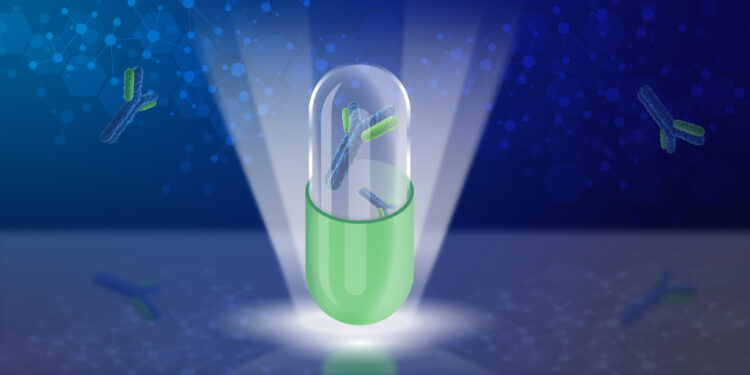
Cytometry in Drug Discovery: An Introduction to Regulation, Standardization, and Productivity
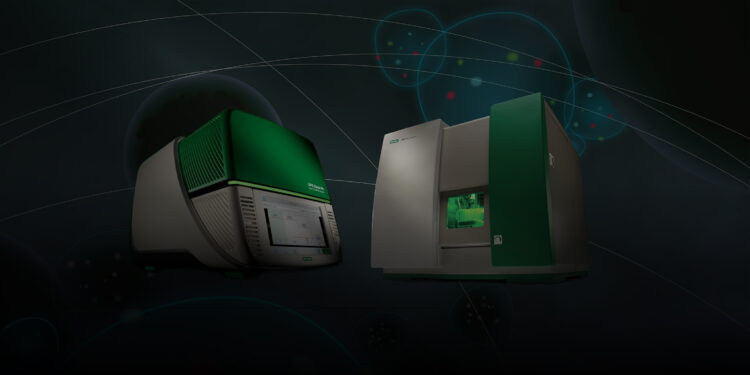
Faster PCR and Flow Cytometry Highlighted in Annual Lab Automation Roundup
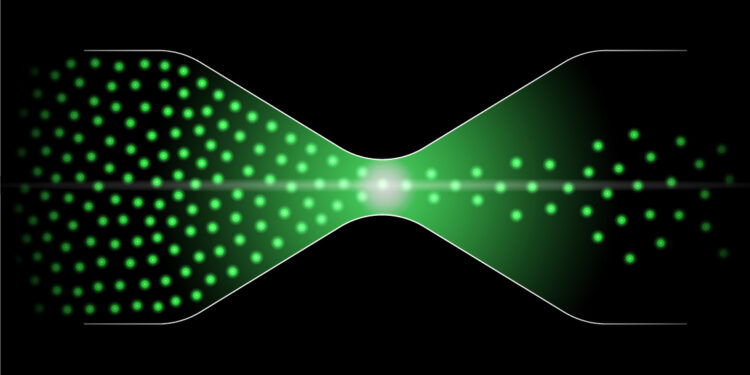
Flow Cytometry and the Law of Bottlenecks

Rising from the Ashes: The History of the 488 nm Laser
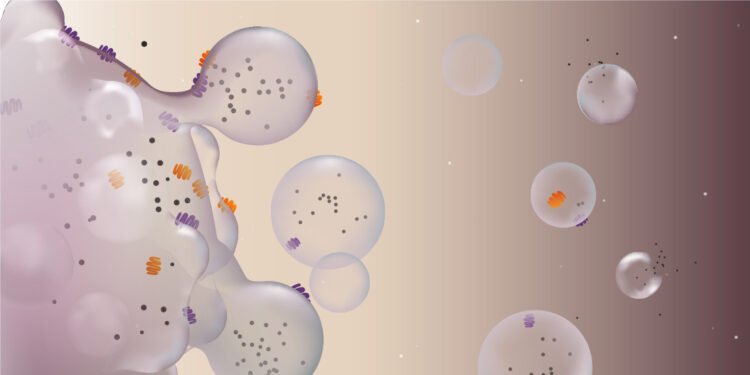
Nature’s Lipid Nanoparticles: Challenges and Opportunities in Isolation and Analysis of Extracellular Vesicles

StarBright Dyes for Flow Cytometry
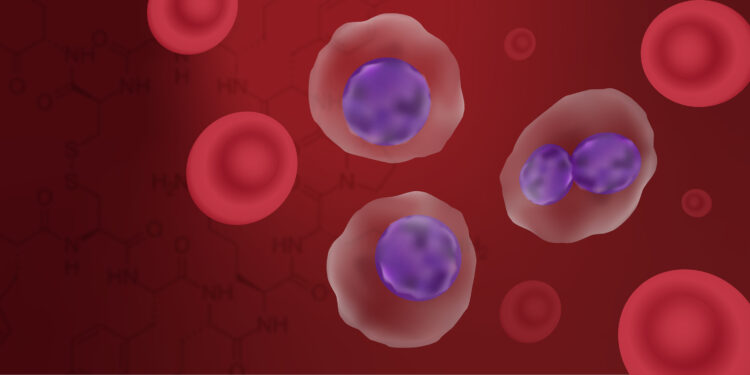
Efficacy of a Novel Treatment for Multiple Myeloma Established by Flow Cytometry


